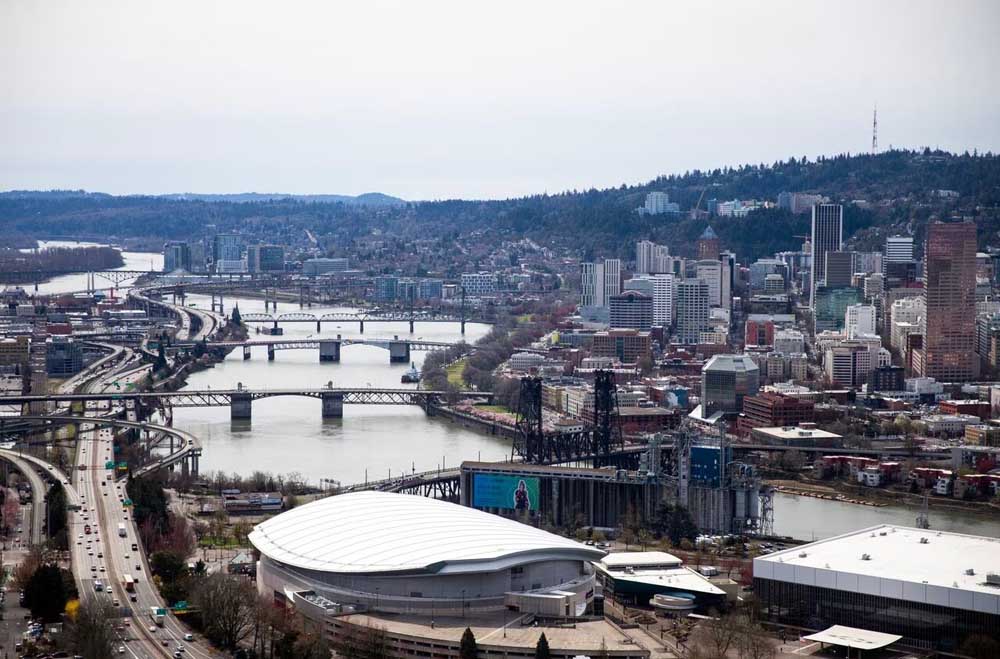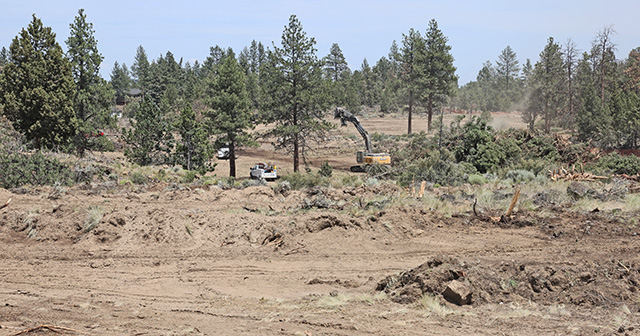Share of working Oregonians hits its highest point in a dozen years
Published 6:00 am Tuesday, April 23, 2024

- The Moda Center can be seen in the foreground of an aerial view of downtown Portland on March 27.
PORTLAND — Oregon’s labor force keeps growing, another sign of the resiliency of the state’s economy in the pandemic’s aftermath.
Nearly 63% of Oregonians had a job or were looking for one in March, according to new state employment data out this past week. That’s the highest level since the fall of 2012.
The numbers are especially encouraging because Oregon’s population is aging — it’s already the oldest in the West — and a growing share of the state is retired.
State economist Josh Lehner noted last week that a record share of Oregonians of prime working age, 25 to 54, have a job — nearly 83%. He wrote that high workforce participation is especially important in Oregon because net migration into the state has stagnated, which means organizations have to fill most jobs with people already here.
High labor participation means more economic productivity and a larger tax base.
It also means more unemployed people, at least for the moment. The state’s jobless rate was at 4.2% in February and March, up from a record low of 3.4% last March but still low by historical standards.
The unemployment rate is rising because more people are entering the workforce, not because more people are quitting or getting fired, according to Gail Krumenauer, economist with the Oregon Employment Department.
Just over 50% of those classified as unemployed are new entrants to the workforce, or people coming back to work, who haven’t found a job yet. That’s the highest level this century. (Even though they’re classified as unemployed, neither group is typically eligible for unemployment benefits.)
Relatively few unemployed Oregonians, just a third, are searching for work because they were recently fired or laid off. That’s the lowest share this century.
That indicates Oregon’s labor market remains relatively tight and that its economy remains relatively healthy. It appears employers are holding onto workers when they can and people are still coming off the sidelines to snap up open jobs when they appear.







